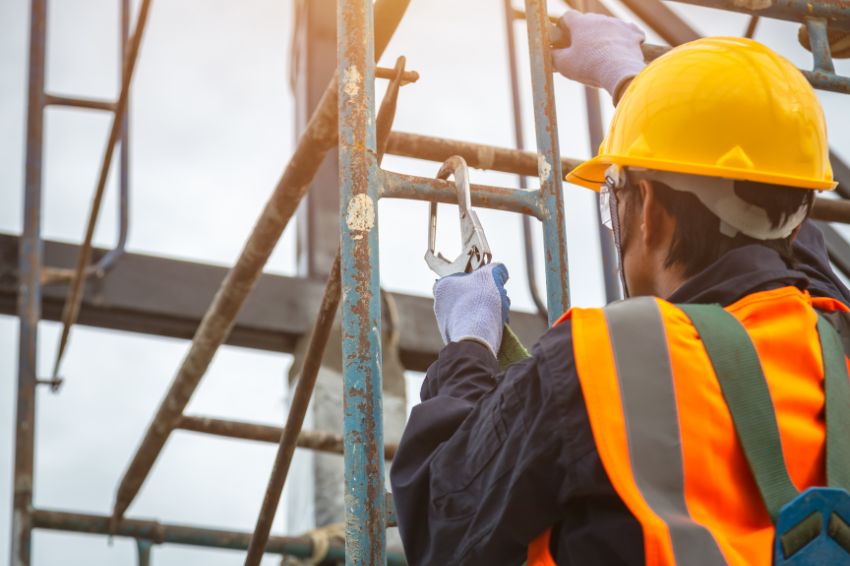Revised, the new NR 35 (Regulatory Standard No. 35) will come into force from the July 3rd this year with the goal to contribute to the accident reduction when working at height.
The document has specific changes, with emphasis on the inclusion of an annex that seeks to provide a satisfactory standard in the use of stairs, aiming to reduce accidents caused by falls from different levels.
Before, the use of stairs applied only to work carried out from two meters in height and now now applies to any work carried out above ground level, regardless of height.
“Ladders must also be used depending on the type of work. Let’s suppose that the worker is going to paint at a company, it will be necessary to specify what type of ladder he will have to use”, he explains. Carlos Alberto Fernandes, electrical engineer with more than 30 years of experience in occupational safety.
In addition, stairs must meet one or more of the following guidelines:
- Be manufactured in accordance with current national technical standards and be under the responsibility of a legally qualified professional;
- Be designed by a legally qualified professional, using current national technical standards as a reference;
- Be certified according to the project's technical standards and manufactured or certified with Portable Use Instructions.
Ladders must also undergo periodic safety inspections carried out by specialized companies or trained workers. Regarding fixed vertical ladders, the use of the cage is not mentioned, so its installation is not mandatory.
Furthermore, the new technical standard brings other important changes. One of them is the requirement that the planning of activities at heights be carried out by a qualified professional registered with CREA (Regional Engineering and Agronomy Council).
Another change is the obligation for workers to receive specific training for working at heights. This includes not only the use of PPE (personal protective equipment), but also the correct use of ladders, scaffolding and lifting platforms.
Regarding the organization's responsibility, two new paragraphs were included on information to workers and the deadline for archiving documents:
- “Provide, through the organization's means of communication that are easily accessible to the worker, safety instructions included in the AR (Risk Analysis), PT (Work Permit) and operational procedures to all members of the work team”;
- “Ensure the organization and archiving of the documentation provided for in this NR, for a minimum period of 5 years, unless there is a specific provision in another Regulatory Standard”.
In turn, in the theme of worker responsibility, compliance with subitem 1.4.2 of NR 1 was included, where the worker is responsible for:
- Comply with legal and regulatory provisions on safety and health at work, including service orders issued by the employer;
- Undergo the medical examinations provided for in the NR;
- Collaborate with the organization in the application of NRs;
- Use personal protective equipment provided by the employer.
Also noteworthy in the new standard is the fact that there was an improvement in the definition of initial inspection, inspection records and the systematics and inspection deadlines of the SPIQ (Individual Fall Protection System).
The requirement that the lanyard must be equipped with an energy absorber in the parachutist-style safety belt to arrest a fall was also reinforced. Furthermore, aspects of the requirements for emergency and rescue work at height have been improved.
In Annex II, the details of the temporary anchoring procedure and its compatibility at each installation location now have as reference the OSHA standards (acronym in English for Occupational Safety and Health Administration, the Occupational Safety and Health Administration Agency of the United States Department of Labor).
















One Response
I liked this presentation, but I believe that a lot of innovation is taking place in scale services, or are they covered in another NR?
The review of NR-5410 is about to come out, can you comment on it, and will this review change anything in NR-10?